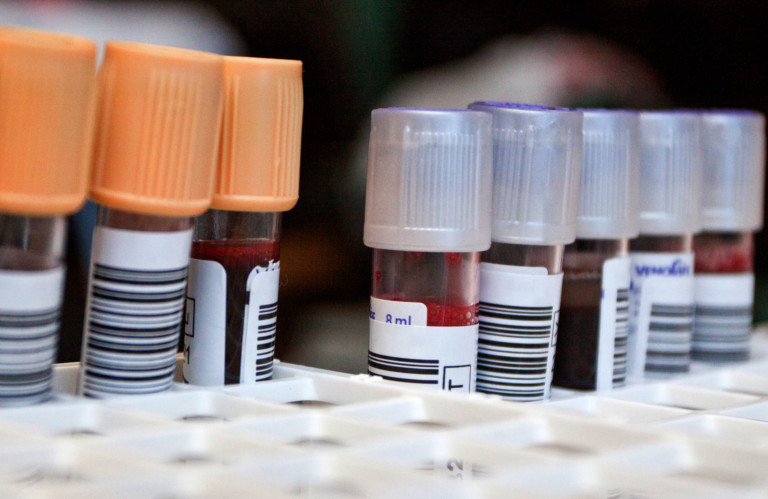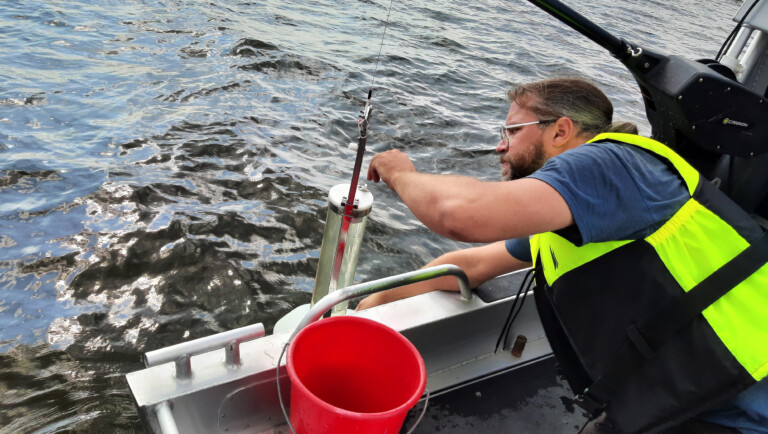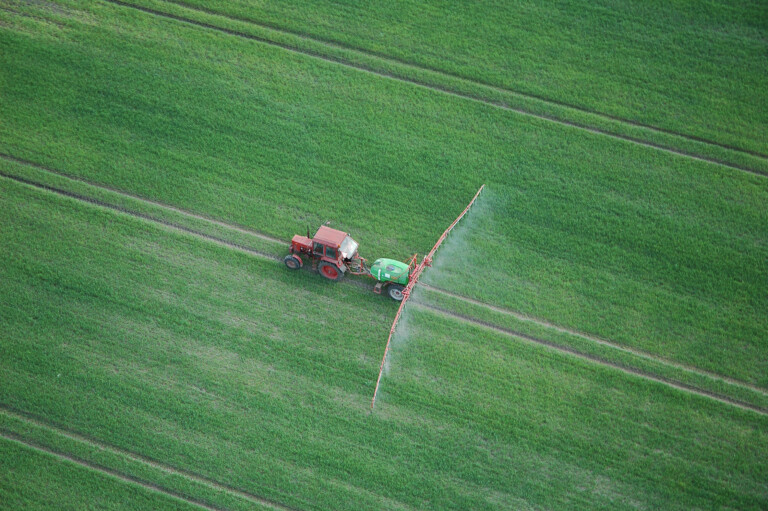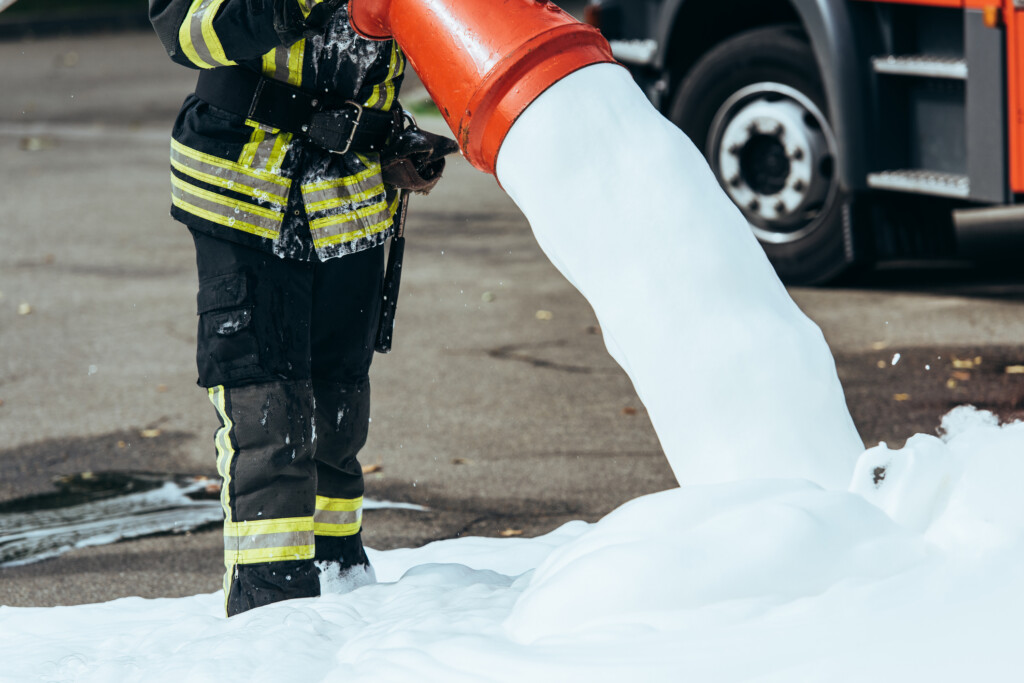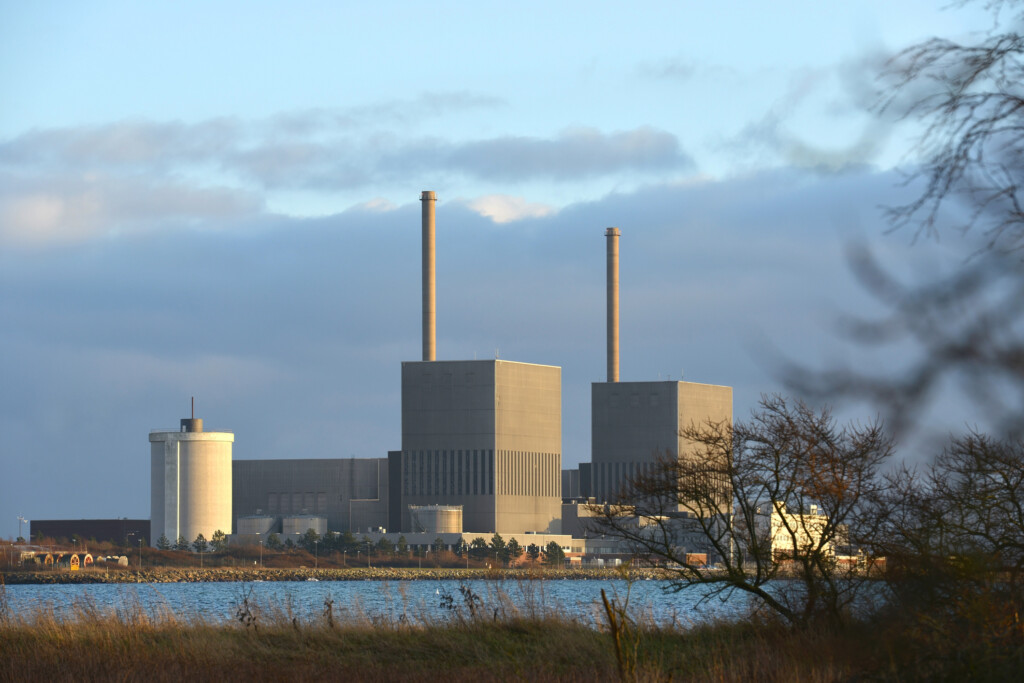Chemicals
Difficult to remediate land contaminated with PFAS
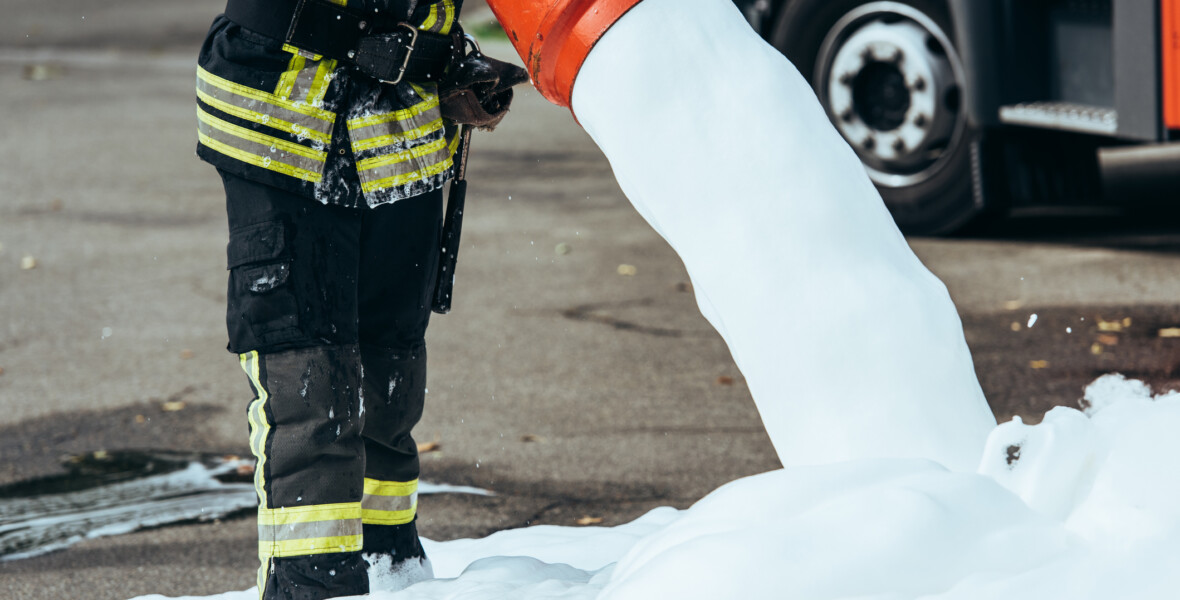
These days, good methods are available for removing PFAS from water, but effective means of soil remediation are still lacking. In the absence of solutions for polluted areas, researchers are testing locking “forever chemicals” into the land instead.
Subscribe to Extrakt newsletter!
Läs mer
Stay up to date! Get the knowledge, ideas and new solutions for a sustainable society.
Personal data is stored only for the mailing of Extrakt newsletters and information related to Extrakt’s operations. You can cancel the newsletter at any time, which means you will no longer receive any emails from us
In recent years, there have been reports of high levels of PFAS in drinking water in several Swedish municipalities. Progress has been made in the removal of chemicals from water and effective methods are now employed at drinking water works. Removing PFAS from contaminated land, however, remains a major challenge, and if the land cannot be cleaned, these chemicals could seep into groundwater for centuries.

Most PFAS contamination in Sweden is found in firefighting training areas, near airports and military exercise fields. The chemicals come from firefighting foam, which has been used for years in exercises by the Swedish Armed Forces and emergency services.
A common method for remediating PFAS contamination on land is to first wash the soil and then purify the water, but the soil may need to be shipped to a special facility first and this involves large quantities of soil.
“There are mobile soil washers, but they tend to be inadequate for large quantities of soil,” says researcher Tove Mallin, project manager in the recently completed project Testbed PFAS at Research Institutes of Sweden (RISE).
According to Mallin, it is not practically feasible to move and wash all PFAS-contaminated soil.
“It’s extremely resource-intensive and expensive, and we have large contaminated areas,” she says.
Lock the chemicals into the land
Fritjof Fagerlund, professor at the Department of Earth Sciences at Uppsala University, has researched several different methods for remediation and management of PFAS contamination.
Some of his research involves limiting the spread of the chemicals from contaminated areas. One technique that Fagerlund is exploring involves injecting activated charcoal into the soil, which prevents PFAS from being swept along with rainwater as it drips through the land.
“The efficacy of the method depends on the geology and soil type. It works best in sandy soil,” he says.
In Sweden, injecting activated charcoal into soil is not a broadly used technique; rather, it has only been applied in small studies for evaluation. However, the method has gained more traction in other countries.
“It’s starting to be used more and more,” says Fagerlund.
Researchers do not yet know how long an injection of activated charcoal can lock PFAS into the soil. Fagerlund believes it could be 10 to 20 years, after which another injection would be required.
“Some kind of monitoring programme is needed to make sure the PFAS don’t start leaking out again,” he says.
Emergency measure to limit spread
Locking PFAS into the land is not a long-term solution, but rather an emergency measure to limit spread from the areas with the most pollution, in his opinion.

“We don’t want all groundwater everywhere to become polluted. Cleaning up PFAS-contaminated areas is something we’ll be working on well into the future,” he says.
Another method being tested to stop the spread of PFAS is taking control of the waterflow through contaminated areas.
“You can set up a well and continuously pump up and clean rainwater,” he says.
Another variation is to plant plants that absorb the water. Regularly cutting, removing and destroying the plants will eliminate the chemicals they collect.
Effect of stringent regulations
Tove Mallin links the more rapid development of technology for remediating PFAS from water than soil to more stringent legislation on PFAS in water. The rules have been tightened at both the EU level and nationally in Sweden.
For example, the Swedish National Food Agency will soon be lowering the limit for how much PFAS may be detected in drinking water, based on the EU’s new Drinking Water Directive. Currently, water may contain 90 nanograms per litre, but as of 2026, that limit will be reduced to just 4 nanograms.
For faster results when cleaning up contaminated areas, Tove believes more stringent requirements are needed not only for PFAS in water, but also for remediation of PFAS from soil.
“That is my conclusion, based on the successes we’ve seen with water treatment. More stringent regulations have propelled advances and put pressure on the people in charge of these issues,” she says.
Breakthrough in the US
Even though we currently lack efficient methods for cleaning PFAS-contaminated soil, Fritjof Fagerlund is hopeful that solutions will come. For example, researchers at Princeton University in the US have found bacteria that can break down PFAS.
“These bacteria require very particular conditions, and it is early in the research. However, it doesn’t seem out of reach that we’ll eventually be able to clean contaminated areas using bacteria or fungi,” he says.
He notes that an important part of stopping the spread of PFAS is to limit the manufacture and use of new varieties of the chemicals.
“PFAS are all over the planet. They are in everyone’s blood. You can find them in polar bears. It is tragic that we don’t have control over our chemicals, but hopefully, we’ll learn from our mistakes and act differently in the future.”
